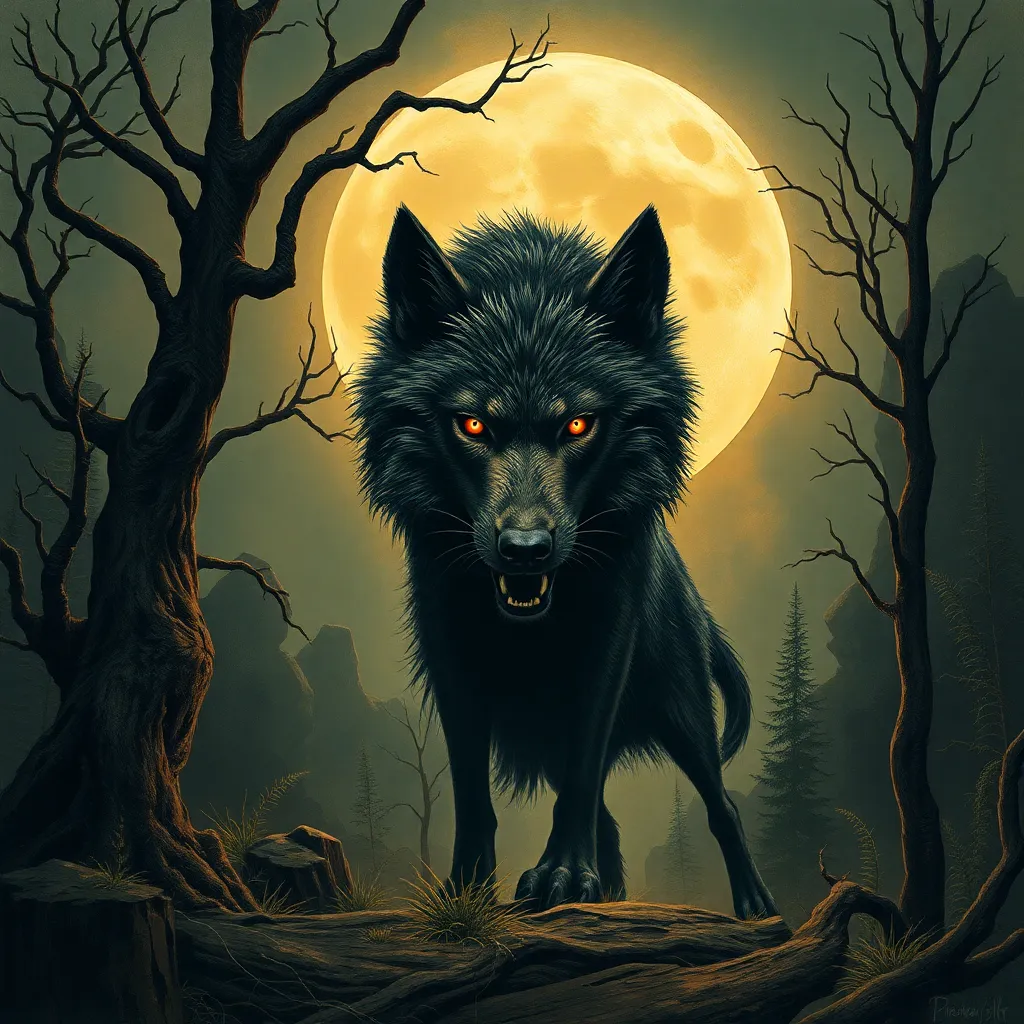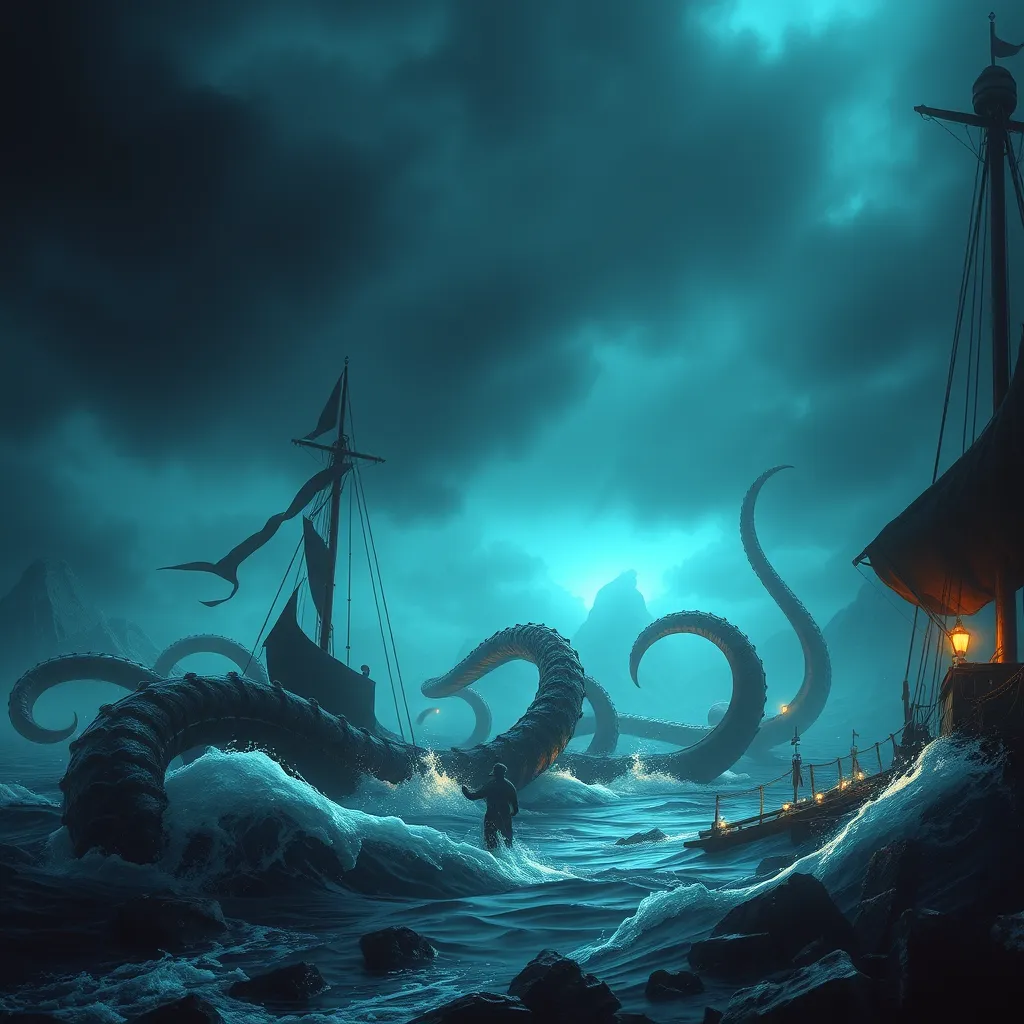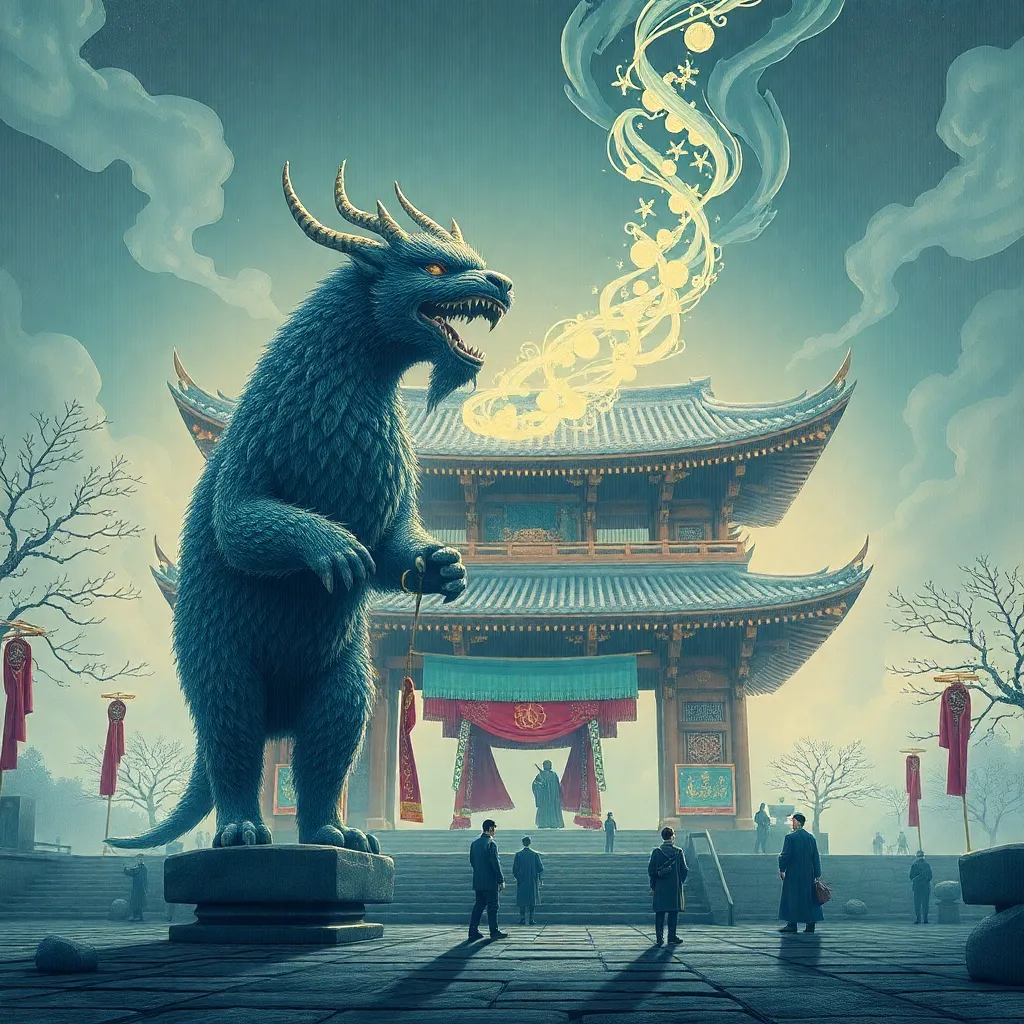From Beast to Man: Tracing the Evolution of the Werewolf Myth in European Folklore
I. Introduction
The werewolf, a creature of myth and legend, has fascinated and terrified people for centuries. In folklore, werewolves are typically described as humans who can transform into wolves or wolf-like beings, often during a full moon. This transformation is often involuntary and marked by a loss of human control, symbolizing the primal instincts that lie beneath the surface of civilization.
In European culture, the werewolf myth holds significant importance, serving as a reflection of societal fears, moral dilemmas, and the duality of human nature. As a motif, it has evolved dramatically, adapting to the cultural and historical contexts of different eras. This article aims to trace the evolution of the werewolf myth from its ancient roots to modern interpretations, highlighting the various transformations the archetype has undergone.
II. Ancient Roots of the Werewolf Myth
A. Early references to shape-shifting in European mythology
Shape-shifting has been a theme in many ancient mythologies, with werewolves being a prominent example. Two notable sources of the werewolf myth can be found in:
- Greek mythology: One of the earliest references to werewolves is found in the story of Lycaon, a king who, according to Ovid, was transformed into a wolf by Zeus as punishment for his impiety. This tale symbolizes the thin line between humanity and bestiality.
- Norse sagas: The berserkers, fierce warriors who wore wolf skins and were said to channel the spirit of the wolf, reflect another aspect of the werewolf myth. Their frenzied state in battle drew parallels to the wildness associated with werewolves.
B. The connection between humans and animals in ancient cultures
In many ancient cultures, there was a deep-rooted belief in the connection between humans and animals. This belief often manifested in myths and legends where humans could take on animal forms, representing the idea that humanity is inherently tied to the natural world. The werewolf myth draws heavily from these ancient beliefs, showcasing the struggle between civilized behavior and primal instincts.
III. The Medieval Era: Fear and Folklore
A. The rise of werewolf trials and accusations
During the medieval period, werewolf trials became a prominent feature of European society, particularly from the 15th to 17th centuries. As superstition and fear of the unknown grew, many individuals were accused of being werewolves, often leading to brutal trials and executions.
- Notable cases: Some infamous cases include the trial of Peter Stumpp, a German farmer accused of being a werewolf, who was tortured and executed in 1589. His story became a cautionary tale about the dangers of witchcraft and the supernatural.
- Societal fears reflected in trials: These trials were often fueled by societal fears regarding the loss of control, the unknown, and the consequences of straying from societal norms.
B. The werewolf as a symbol of societal transgression and moral decay
The werewolf in medieval folklore came to symbolize not only individual moral decay but also societal transgressions. The notion that one could transform into a beast reflected fears of losing one’s humanity and succumbing to base instincts. Such stories served as cautionary tales, warning against indulgence and immorality.
IV. The Renaissance and Enlightenment: Rationalism vs. Superstition
A. Shifts in belief systems affecting the werewolf narrative
The Renaissance and Enlightenment brought about significant shifts in European belief systems. The rise of rationalism led to skepticism regarding superstitions, including the werewolf myth. The focus on science and reason began to challenge traditional beliefs, altering the narrative surrounding werewolves.
B. The influence of literature and art on werewolf folklore
During this period, literature and art played a crucial role in shaping the werewolf myth. Key works that popularized the myth included:
- The “Faerie Queene” by Edmund Spenser: This epic poem included references to shape-shifting and the duality of human nature.
- Grimm’s Fairy Tales: The Brothers Grimm collected and published tales that featured werewolves, reinforcing the myth’s place in cultural consciousness.
The transition from oral tradition to written accounts allowed for the preservation and evolution of the werewolf myth, embedding it further into the cultural fabric of Europe.
V. The Romantic Era: The Werewolf as a Tragic Hero
A. The transformation of the werewolf archetype
The Romantic era marked a significant transformation in the portrayal of the werewolf. No longer merely a monster to be feared, the werewolf began to be depicted as a tragic hero, embodying themes of duality and inner conflict.
- Exploration of duality: The werewolf became a symbol of the struggle between humanity and animalistic instincts, reflecting the complexities of human emotion and identity.
- Key literary examples: Works such as “The Wolfman” by Clemence Housman explored the themes of transformation and tragic fate, portraying the werewolf as a victim of circumstance.
B. The werewolf as a reflection of human emotions and struggles
The werewolf archetype during the Romantic era became a vessel for exploring human emotions, struggles with identity, and the conflict between civilization and savagery. The tragic nature of the werewolf resonated with audiences, highlighting the darker aspects of human nature.
VI. The 20th Century: Film and Popular Culture
A. The impact of cinema on the werewolf myth
The 20th century saw the werewolf myth gain new life through cinema, with iconic films shaping public perception of the creature.
- Iconic films: “The Wolf Man” (1941) starring Lon Chaney Jr. became a classic, establishing many of the tropes associated with werewolves in popular culture.
- The evolution of special effects: Advances in special effects technology allowed filmmakers to visually portray the transformation of humans into werewolves, enhancing the horror and appeal of the myth.
B. The werewolf in modern literature and media
Modern literature and media continue to explore the werewolf myth, often blending traditional elements with new themes. Works such as “The Last Werewolf” by Glen Duncan and the “Teen Wolf” TV series showcase the adaptability of the werewolf narrative, appealing to contemporary audiences.
VII. Contemporary Interpretations and Cultural Significance
A. Modern reimagining of the werewolf myth
In contemporary culture, the werewolf myth has been reimagined to reflect modern issues and themes. These reinterpretations often explore concepts such as:
- Identity: The struggle for self-acceptance and understanding one’s true nature.
- Transformation: Personal growth and change, often represented through physical transformation.
- Acceptance: The importance of embracing one’s dual nature and the complexities of identity.
B. The werewolf as a metaphor for social issues in today’s context
Today, the werewolf serves as a powerful metaphor for various social issues, including mental health, societal expectations, and the battle between conformity and individuality. As audiences grapple with their own identities, the werewolf myth continues to resonate, offering a lens through which to examine the human experience.
VIII. Conclusion
The werewolf myth has undergone a remarkable evolution from its ancient roots to contemporary interpretations. Once a symbol of fear and societal transgression, the werewolf has transformed into a tragic figure that embodies the complexities of human nature. As a reflection of cultural anxieties, personal struggles, and changing belief systems, the werewolf remains a compelling and adaptable archetype in European folklore and beyond.



